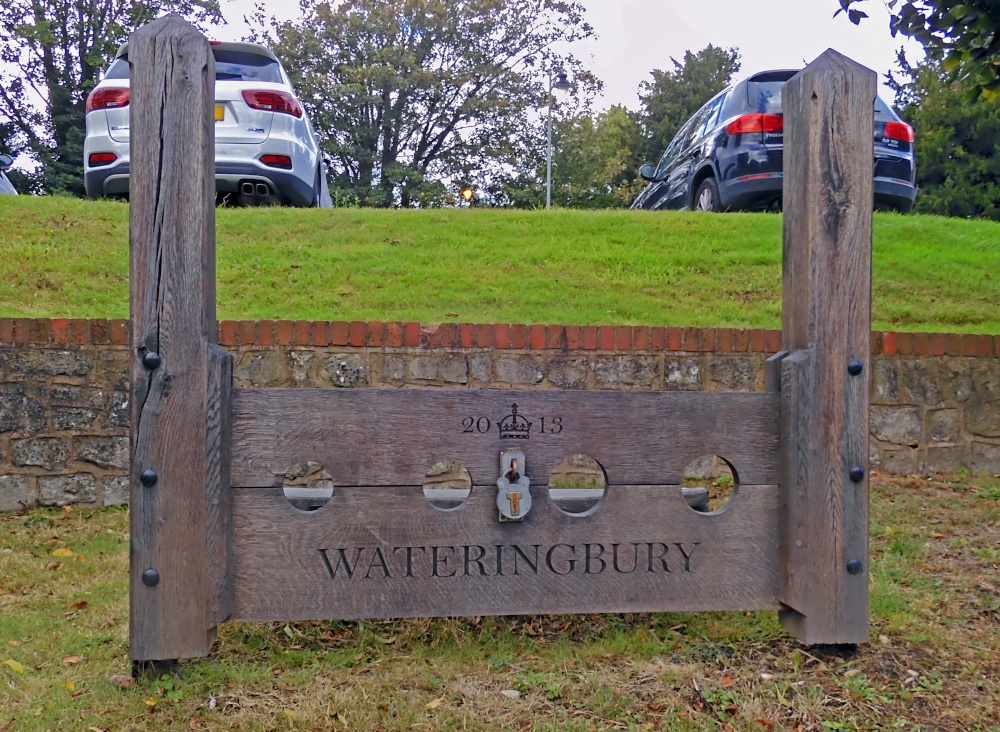 |
The stocks at Wateringbury The stocks are a replica of those removed circa 1840. They were made and set up in 2013 and form a tribute to H.M. The Queen’s Coronation Diamond Jubilee. The local council are in fact complying with an unrepealed law that requires stocks to be maintained. This picture appears in the following picture tour: Camera Make: NIKON CORPORATION� Model: COOLPIX A1000� |
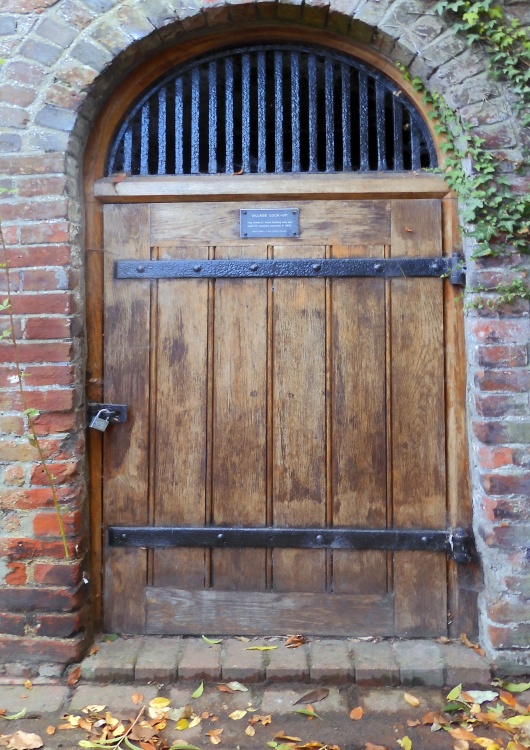 |
The village Lockup in Wateringbury The Village Lockup was built circa 1812 It was used to house prisoners prior to them being taken before the Magistrates. It closed in 1842 when police stations were opening with cells, This picture appears in the following picture tour: Camera Make: NIKON CORPORATION� Model: COOLPIX A1000� |
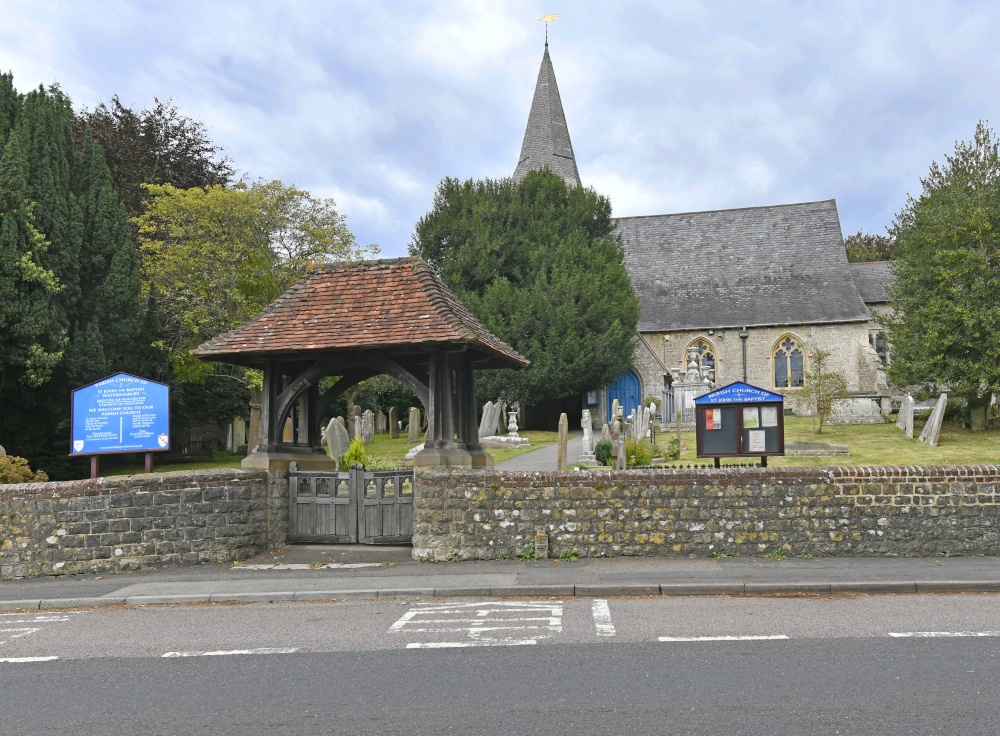 |
Church of St. John the Baptist, Wateringbury A stone church dedicated to St. John the Baptist (a popular late Anglo-Saxon dedication) stands in Wateringbury. The chancel and tower of the current church building date from the 13th century. However, the current church is probably on the same site as the Anglo-Saxon church. This picture appears in the following picture tour: Camera Make: NIKON CORPORATION� Model: NIKON D850� |
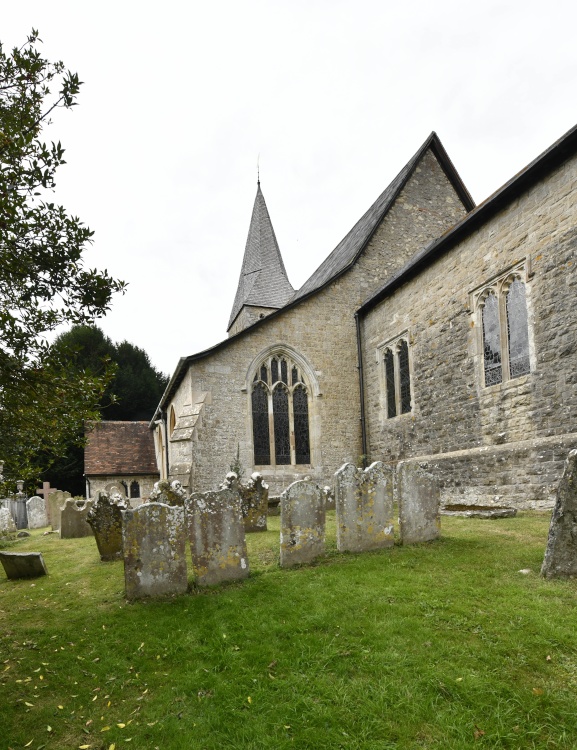 |
Church of St. John the Baptist, Wateringbury A stone church dedicated to St. John the Baptist (a popular late Anglo-Saxon dedication) stands in Wateringbury. The chancel and tower of the current church building date from the 13th century. However, the current church is probably on the same site as the Anglo-Saxon church. This picture appears in the following picture tour: Camera Make: NIKON CORPORATION� Model: NIKON D850� |
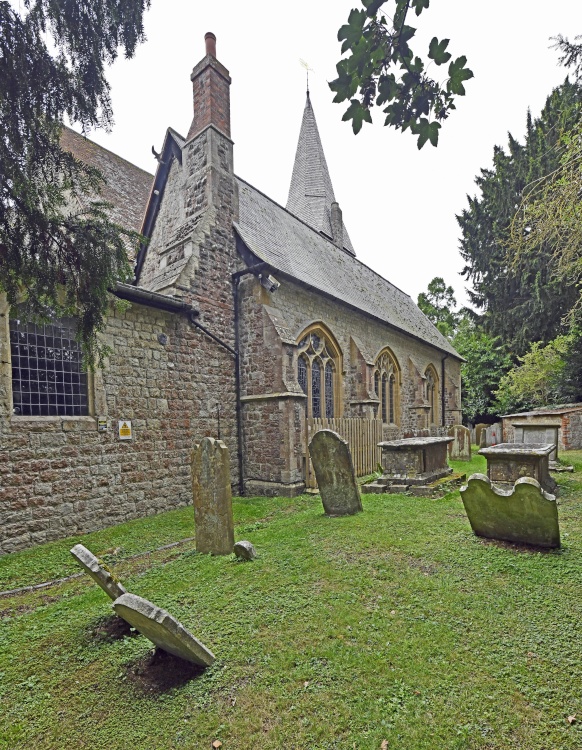 |
Church of St. John the Baptist, Wateringbury A stone church dedicated to St. John the Baptist (a popular late Anglo-Saxon dedication) stands in Wateringbury. The chancel and tower of the current church building date from the 13th century. However, the current church is probably on the same site as the Anglo-Saxon church. This picture appears in the following picture tour: Camera Make: NIKON CORPORATION� Model: NIKON D850� |
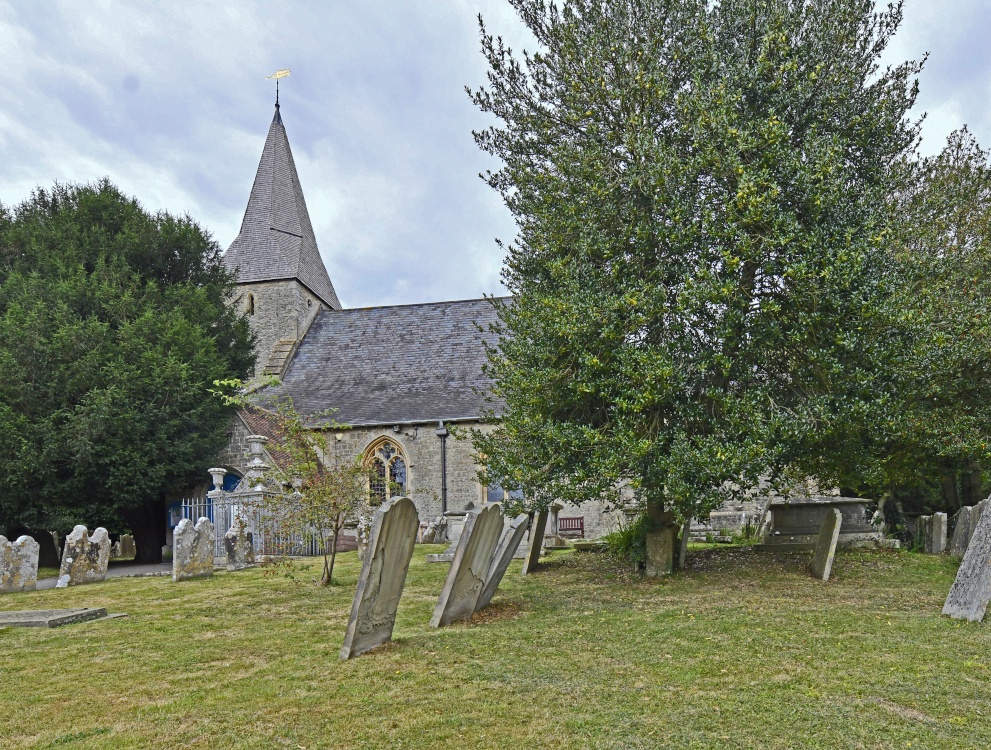 |
Church of St. John the Baptist, Wateringbury A stone church dedicated to St. John the Baptist (a popular late Anglo-Saxon dedication) stands in Wateringbury. The chancel and tower of the current church building date from the 13th century. However, the current church is probably on the same site as the Anglo-Saxon church. This picture appears in the following picture tour: Camera Make: NIKON CORPORATION� Model: NIKON D850� |
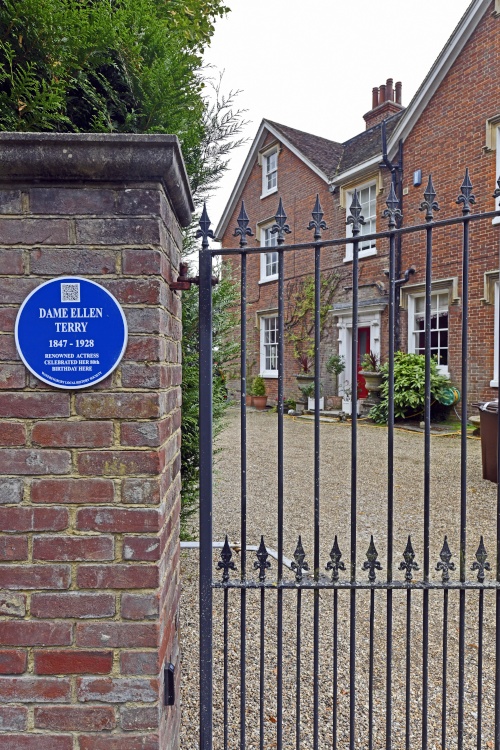 |
House in Wateringbury associated with Dame Ellen Terry Ellen Terry spent her 80th birthday in this house. She died in the following year. Dame Alice Ellen Terry, GBE (27 February 1847 – 21 July 1928), known professionally as Ellen Terry, was a renowned English actress of the late 19th and early 20th centuries. Born into a family of actors, Terry began performing as a child, acting in Shakespeare plays in London, and toured throughout the British provinces in her teens. At 16 she married the 46-year-old artist George Frederic Watts, but they separated within a year. She soon returned to the stage but began a relationship with the architect Edward William Godwin and retired from the stage for six years. She resumed acting in 1874 and was immediately acclaimed for her portrayal of roles in Shakespeare and other classics. In 1878 she joined Henry Irving's company as his leading lady, and for more than the next two decades she was considered the leading Shakespearean and comic actress in Britain. Two of her most famous roles were Portia in The Merchant of Venice and Beatrice in Much Ado About Nothing. She and Irving also toured with great success in America and Britain. In 1903 Terry took over management of London's Imperial Theatre, focusing on the plays of George Bernard Shaw and Henrik Ibsen. The venture was a financial failure, and Terry turned to touring and lecturing. She continued to find success on stage until 1920, while also appearing in films from 1916 to 1922. Her career lasted nearly seven decades. This picture appears in the following picture tour: Camera Make: NIKON CORPORATION� Model: NIKON D850� |